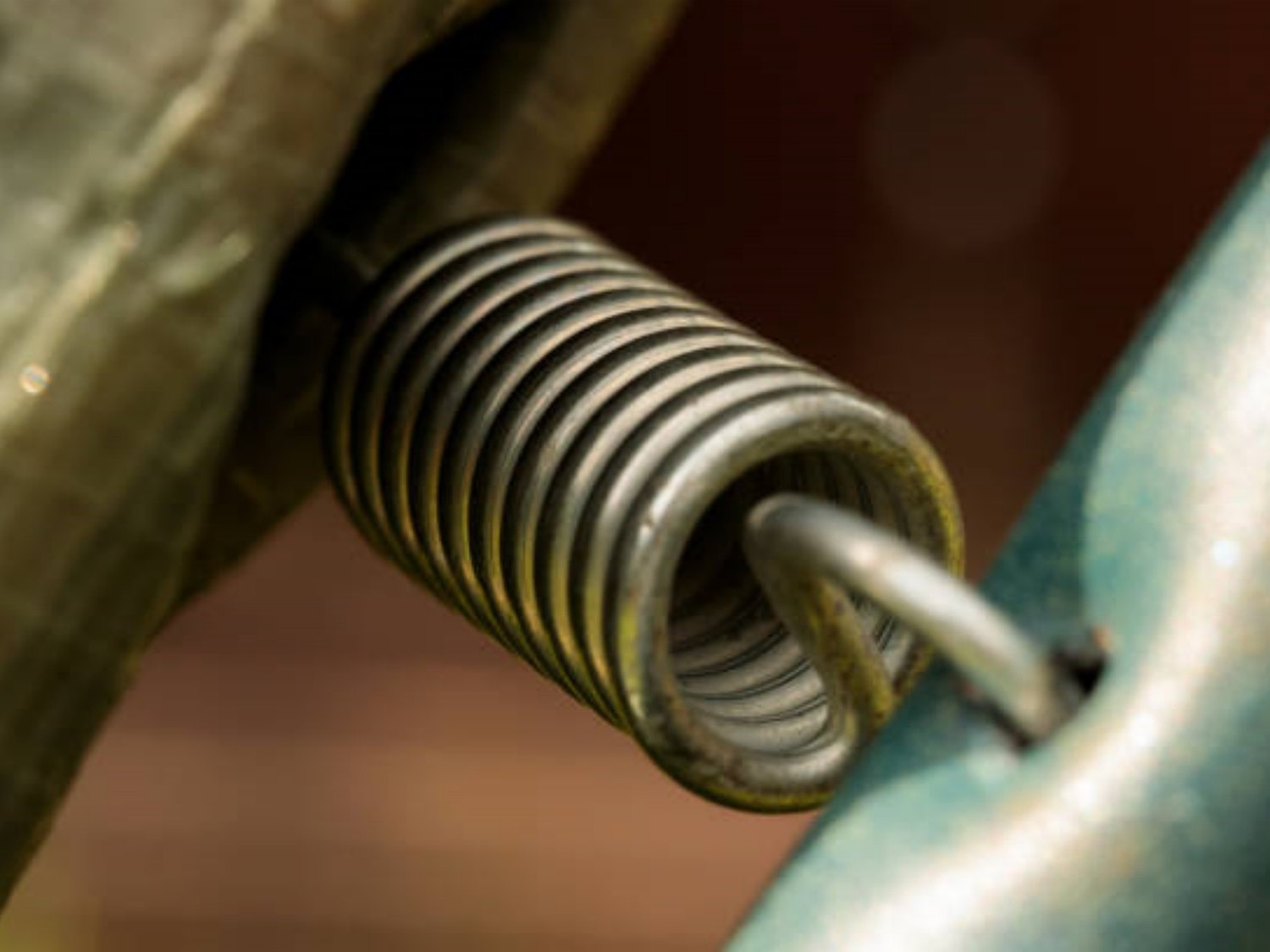how to order garage door torsion springs
Garage door torsion springs are an essential component of any garage door system. Over time, these springs wear out and need to be replaced. This guide will walk you through the steps of ordering garage door torsion springs so that you can get back to using your garage door safely and efficiently.
Step 1: Determine the Size of Your Torsion Springs
The first step in ordering garage door torsion springs is determining the size you need. This can be tricky, as torsion springs come in a variety of sizes and strengths, depending on the weight of your garage door. Look for a label on your current springs that indicates the size, or measure the length and diameter of the wire yourself to determine the correct size.
Step 2: Determine the Strength of Your Torsion Springs
Once you have the size of your torsion springs, you'll need to determine the strength. This is measured in cycles, or the number of times the spring can be wound and unwound before it fails. Look for a label on your current springs that indicates the strength, or consult with a professional to determine the correct strength for your garage door.
Step 3: Choose the Material of Your Torsion Springs
Torsion springs are typically made of either steel or oil-tempered steel. Steel springs are less expensive, but oil-tempered steel springs are more durable and last longer. Consider your budget and your garage door usage when choosing the material of your torsion springs.
Step 4: Choose the Type of Ends for Your Torsion Springs
There are three common types of ends for garage door torsion springs: open loop ends, double loop ends, and extended loop ends. Open loop ends are the most common, but double and extended loop ends can be used for specialized installations. Consider the type of ends your current springs have when choosing the type of ends for your new torsion springs.
Step 5: Order Your Torsion Springs
Once you have determined the size, strength, material, and type of ends for your torsion springs, it's time to order them. You can order from a local garage door repair company or online from a reputable retailer. Make sure to double-check your measurements and specifications before submitting your order.
Step 6: Wait for Your Torsion Springs to Arrive
After you have placed your order, you'll need to wait for your torsion springs to arrive. This typically takes a few days, but can vary depending on where you ordered from and your location. Once your springs arrive, inspect them to make sure they match your specifications.
Step 7: Remove Your Old Torsion Springs
Before installing your new torsion springs, you'll need to remove your old ones. This can be dangerous and should only be attempted by someone with experience and the proper tools. If you're not comfortable doing it yourself, hire a professional to remove your old springs.
Step 8: Install Your New Torsion Springs
Once your old springs have been removed, it's time to install your new torsion springs. Again, this can be dangerous and should only be attempted by someone with experience and the proper tools. If you're not comfortable doing it yourself, hire a professional to install your new springs.
Step 9: Test Your Garage Door
After your new springs are installed, test your garage door to make sure it's working properly. If you notice any issues, such as the door not opening or closing smoothly, contact a professional to make any necessary adjustments.
Step 10: Maintain Your Torsion Springs
To ensure your garage door system works properly and safely, it's important to maintain your torsion springs. This includes lubricating them regularly and inspecting them for wear and tear. Regular maintenance can help extend the lifespan of your torsion springs and prevent costly repairs.

